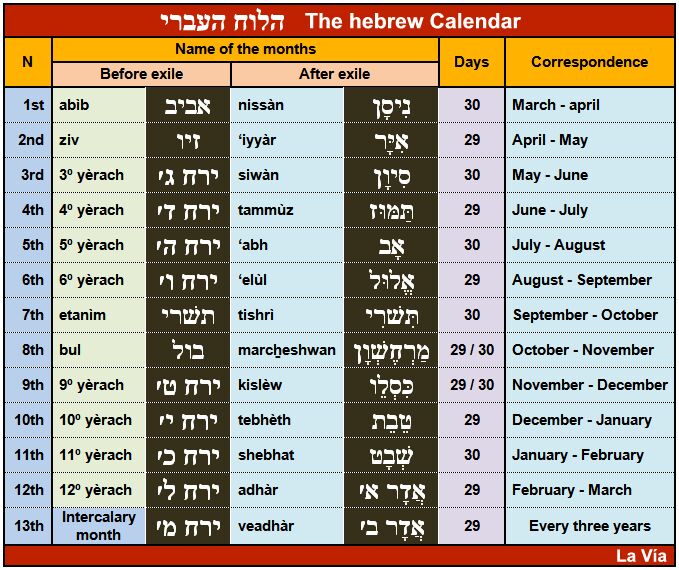It looks like you're using an Ad Blocker.
Please white-list or disable AboveTopSecret.com in your ad-blocking tool.
Thank you.
Some features of ATS will be disabled while you continue to use an ad-blocker.
6
share:
I was doing some mythology research about "The Crow" and stumbled on something i wish to share with those who are interested in ancient History, it
walks a very similar path with our modern Hebrew calendar. I wanted to make a note of it to save for later research purposes so i dont forget.

--
Babylon
In Babylon, the crow was the name of the 13th month of the calendar. In year 17 of 19-year cycle, the intercalary month was named Araḫ Ulūlu.
The Babylonian calendar was a lunisolar calendar with years consisting of 12 lunar months, each beginning when a new crescent moon was first sighted low on the western horizon at sunset, plus an intercalary month inserted as needed by decree. The calendar is based on a Sumerian (Ur III) predecessor preserved in the Umma calendar of Shulgi.
Until the 5th century BC the calendar was fully observational, but beginning about 499 BC the months began to be regulated by a lunisolar cycle of 19 years equaling 235 months. Although usually called the Metonic cycle after Meton of Athens (432 BC), Meton probably learned of the cycle from the Babylonians. After no more than three isolated exceptions, by 380 BC the months of the calendar were regulated by the cycle without exception. In the cycle of 19 years, the month Adaru 2 was intercalated, except in the year that was number 17 in the cycle, when the month Ululu 2 was inserted. During this period, the first day of each month (beginning at sunset) continued to be the day when a new crescent moon was first sighted—the calendar never used a specified number of days in any month.
Counting from the new moon, the Babylonians celebrated every seventh day as a "holy-day", also called an "evil-day" (meaning "unsuitable" for prohibited activities) . On these days officials were prohibited from various activities and common men were forbidden to "make a wish", and at least the 28th was known as a "rest-day" . On each of them, offerings were made to a different god and goddess, apparently at nightfall to avoid the prohibitions: Merodach and Ishtar on the 7th, Ninlil and Nergal on the 14th, Sin and Shamash on the 21st, and Enki and Mah on the 28th. Tablets from the sixth-century BC reigns of Cyrus the Great and Cambyses indicate these dates were sometimes approximate. The lunation of 29 or 30 days basically contained three seven-day weeks, and a final week of eight or nine days inclusive, breaking the continuous seven-day cycle.
Source
Babylon Calendar

--
Babylon
In Babylon, the crow was the name of the 13th month of the calendar. In year 17 of 19-year cycle, the intercalary month was named Araḫ Ulūlu.
The Babylonian calendar was a lunisolar calendar with years consisting of 12 lunar months, each beginning when a new crescent moon was first sighted low on the western horizon at sunset, plus an intercalary month inserted as needed by decree. The calendar is based on a Sumerian (Ur III) predecessor preserved in the Umma calendar of Shulgi.
Until the 5th century BC the calendar was fully observational, but beginning about 499 BC the months began to be regulated by a lunisolar cycle of 19 years equaling 235 months. Although usually called the Metonic cycle after Meton of Athens (432 BC), Meton probably learned of the cycle from the Babylonians. After no more than three isolated exceptions, by 380 BC the months of the calendar were regulated by the cycle without exception. In the cycle of 19 years, the month Adaru 2 was intercalated, except in the year that was number 17 in the cycle, when the month Ululu 2 was inserted. During this period, the first day of each month (beginning at sunset) continued to be the day when a new crescent moon was first sighted—the calendar never used a specified number of days in any month.
Counting from the new moon, the Babylonians celebrated every seventh day as a "holy-day", also called an "evil-day" (meaning "unsuitable" for prohibited activities) . On these days officials were prohibited from various activities and common men were forbidden to "make a wish", and at least the 28th was known as a "rest-day" . On each of them, offerings were made to a different god and goddess, apparently at nightfall to avoid the prohibitions: Merodach and Ishtar on the 7th, Ninlil and Nergal on the 14th, Sin and Shamash on the 21st, and Enki and Mah on the 28th. Tablets from the sixth-century BC reigns of Cyrus the Great and Cambyses indicate these dates were sometimes approximate. The lunation of 29 or 30 days basically contained three seven-day weeks, and a final week of eight or nine days inclusive, breaking the continuous seven-day cycle.
Source
Babylon Calendar
edit on 20161129 by tikbalang because: image
new topics
-
Putin, Russia and the Great Architects of the Universe
ATS Skunk Works: 1 hours ago -
A Warning to America: 25 Ways the US is Being Destroyed
New World Order: 5 hours ago -
President BIDEN's FBI Raided Donald Trump's Florida Home for OBAMA-NORTH KOREA Documents.
Political Conspiracies: 11 hours ago
6
